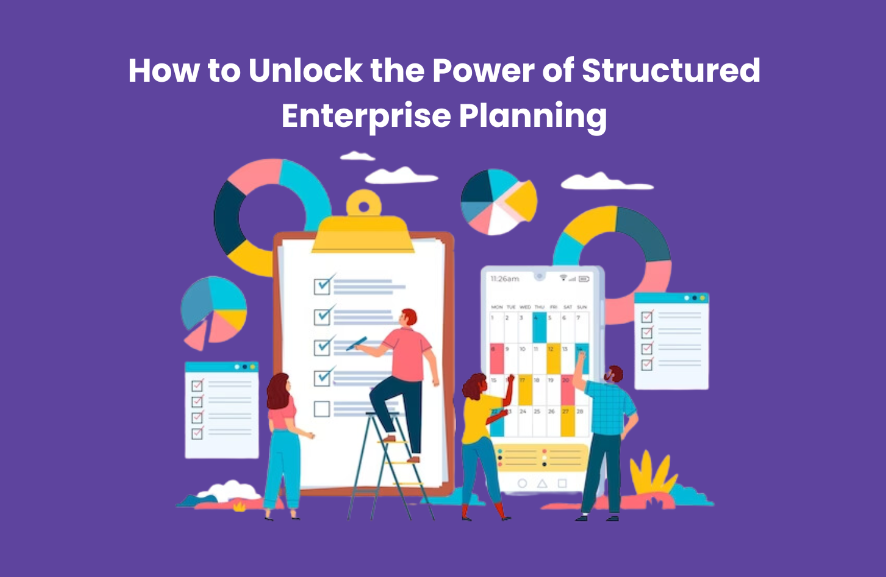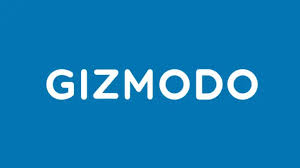Blog
How to Unlock the Power of Structured Enterprise Planning

The capacity to adapt and think strategically is essential for corporate success. Adopting the capabilities of structured business planning is one method to realise this promise. Whether you’re a seasoned expert or just starting, it’s important to know how to use this strategy. In this blog, we will walk you through the ins and outs of structured business planning and how it connects to topics like the TOGAF Course and What is TOGAF.
Table of Contents
- What is TOGAF?
- The Benefits of Structured Enterprise Planning
- Enhanced Clarity
- Improved Alignment
- Risk Mitigation
- Getting Started with Structured Enterprise Planning
- Understand the Basics
- Identify Key Stakeholders
- Define Business Goals
- Implementing Structured Enterprise Planning
- Develop an Architecture Vision
- Establish an Architecture Roadmap
- Monitor and Adjust
- Conclusion
What is TOGAF?
It’s crucial to understand the foundations before delving into the depths of structured business planning. The Open Group Architecture Framework, or TOGAF, is an approach for enhancing organisational effectiveness. It gives an enterprise architectural framework that offers a thorough strategy for improving company procedures. Often regarded as the go-to source for corporate architectural techniques, TOGAF is a widely accepted standard.
The Benefits of Structured Enterprise Planning
For businesses aiming for success, structured enterprise planning provides a wide range of advantages, as shown below:
Enhanced Clarity
A clear and well-organised approach to corporate strategy is provided by structured enterprise planning. By outlining all the different elements and their interactions, it enables you to see the overall picture. Consequently, decision-making becomes simpler.
Improved Alignment
When we discuss better alignment, we mean the seamless fusion of business objectives with IT. The TOGAF course significantly contributes to this goal-achieving for enterprises. Businesses may match their IT strategy and infrastructure with their overarching business goals by using TOGAF.
Risk Mitigation
Every business choice involves some element of risk. Risk reduction is aided by structured enterprise planning that is supported by TOGAF’s concepts. You may more effectively foresee and manage possible hazards by understanding how various elements of your organisation interact.
Getting Started with Structured Enterprise Planning
Here’s how to get started if you’re new to structured enterprise planning:
Understand the Basics
Understanding the principles is the first step in maximising the potential of structured enterprise planning. For a strong foundation, think about taking a TOGAF course. You can execute this structured approach successfully if you grasp the fundamental concepts and processes needed for implementation.
Identify Key Stakeholders
The identification of the main stakeholders within your firm is a crucial component of structured enterprise planning. These people are essential in forming the plan. You may successfully engage stakeholders and win their support for your strategic vision by using a TOGAF-inspired strategy.
Define Business Goals
Clarity in identifying corporate objectives is crucial in any organisation’s planning process. You may specify these objectives using TOGAF principles and make sure they are consistent with the purpose and vision of your firm. Effective corporate planning is built on this alignment.
Implementing Structured Enterprise Planning
Let’s now explore the structured enterprise planning implementation phase:
Develop an Architecture Vision
After the fundamentals are established, it’s time to develop an architectural vision. This vision should describe the status of your company in the future and how it will help you achieve your strategic goals. This vision may be structured with the aid of TOGAF, ensuring that it is both realistic and valuable.
Establish an Architecture Roadmap
A comprehensive strategy that directs your company from its present state to the intended future state is called an architectural roadmap and was influenced by TOGAF. It simplifies the process by breaking the trip down into doable segments, making it simpler to carry out the plan successfully.
Monitor and Adjust
Structured enterprise planning is a dynamic process that changes as your company changes. The TOGAF guidelines stress the need for ongoing evaluation and modifications to make sure your strategic vision stays on track.
Conclusion
Structured enterprise planning, which is informed by the TOGAF course concepts, is a potent instrument for assisting your company in thriving in a constantly changing environment. A must-adopt strategy, it offers clarity, alignment, and risk minimisation. Your first step to maximising the benefits of structured enterprise planning is to understand what TOGAF is. Make sure that your company is ready for future issues by adhering to the guidelines outlined here and using the TOGAF framework.
Take advantage of structured business planning now to start moving in the direction of a more strategic and efficient future.




















